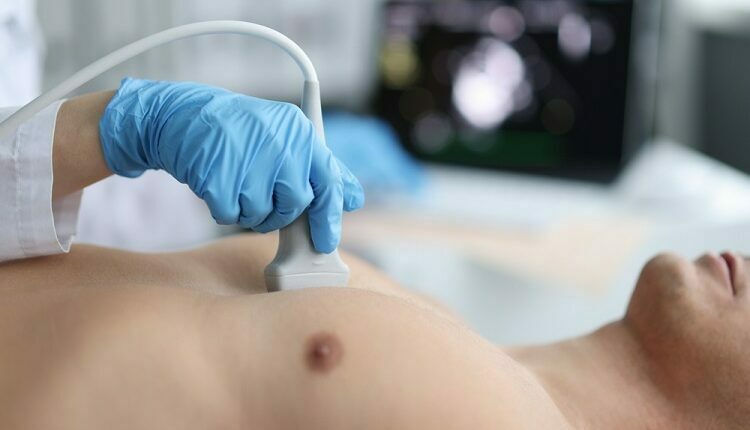5 Important Things You Need To Know Before An Echocardiogram
If you’re experiencing chest pain, one of the first things your doctor will likely want to do is order an echocardiogram to get a better look at your heart. An echocardiogram uses sound waves to create images of your heart and can help identify any potential problems. If you’re not experiencing chest pain, a doctor administering an echocardiogram Upper East Side may still order an echocardiogram if they suspect you have a heart condition based on other symptoms or risk factors. Here’s what you need to know about getting an echocardiogram and the results.
Table of Contents
1. You Need to Have it Done by a Specialist.
While your regular doctor can order an echocardiogram, the test is usually done by a cardiologist (a heart specialist) or a technologist with special training. You must go to someone who is experienced in performing the test and interpreting the results, as even small changes in the way the test is done can affect the accuracy of the results.
2. The Device is Safe and Painless
An echocardiogram is a safe and painless test. You’ll be asked to remove any clothing or jewelry that might interfere with the sound waves, and you may be asked to wear a gown. The technologist will then apply a conductive gel to your chest and place the ultrasound wand (transducer) against your skin. The rod will emit sound waves, traveling through your body and bouncing off of your heart. The reflected sound waves will be picked up by the wand and turned into images displayed on a monitor.
3. You May Be Asked to Exercise
If you’re being tested for heart problems, you may be asked to exercise before the test. Exercise can help bring out any heart problems that might not be apparent when you’re at rest. You will usually do the test right after a workout while still in the hospital or doctor’s office.
4. You May Also Be Asked to Take Medicine
If your doctor suspects you have a problem with your heart’s valves, they may order a special echocardiogram called a transesophageal echocardiogram (TEE). This test is done by inserting a small tube into your esophagus (the tube that carries food from your mouth to your stomach) and using the ultrasound wand to take pictures of your heart. To prepare for a TEE, you’ll need to take propofol medication to help you relax and keep you from gagging.
5. The results Show Different Things.
An echocardiogram can show the size and shape of your heart and how well your heart is functioning. The test can also show if there’s any damage to your heart or if you have any problems with your heart valves.
If you have an abnormal echocardiogram, it doesn’t necessarily mean that you have a heart problem. In some cases, an irregular result may be due to something else, such as a blood vessel that’s not functioning correctly. If your echocardiogram is abnormal, your doctor will likely order additional tests to confirm the results and determine what treatment is needed.
In summary, an echocardiogram is a safe and painless test used to create images of your heart. The test is usually done by a cardiologist or other specialist and may be ordered if you’re experiencing chest pain or other symptoms suggestive of a heart problem. An abnormal echocardiogram doesn’t necessarily mean you have a heart problem but may warrant further testing.

